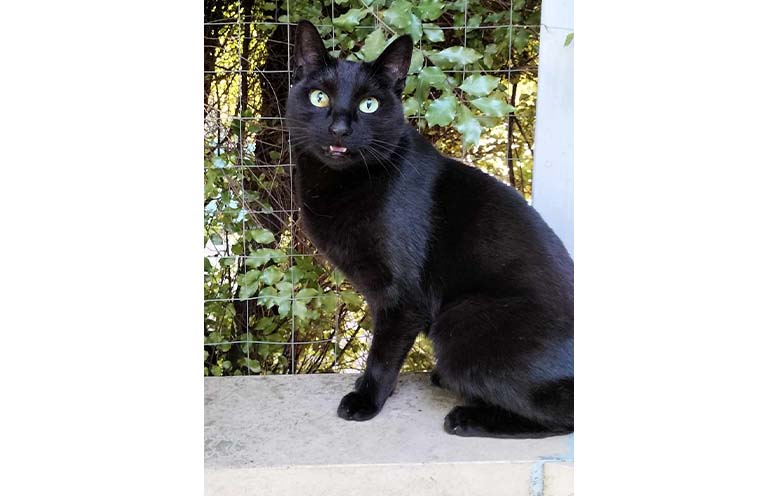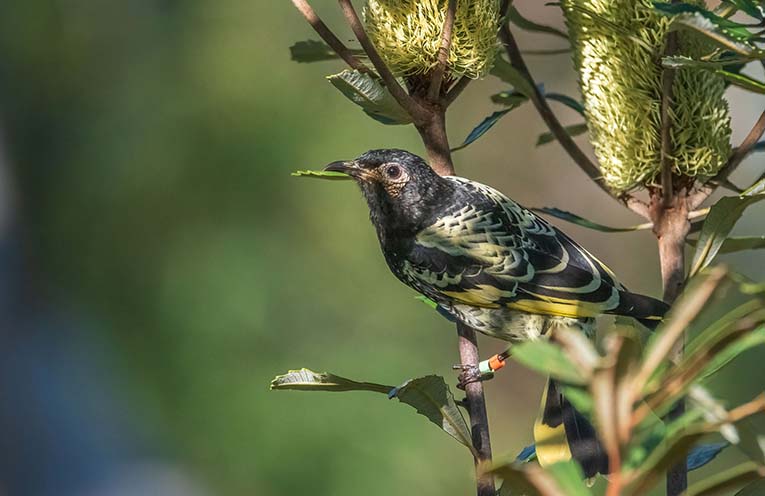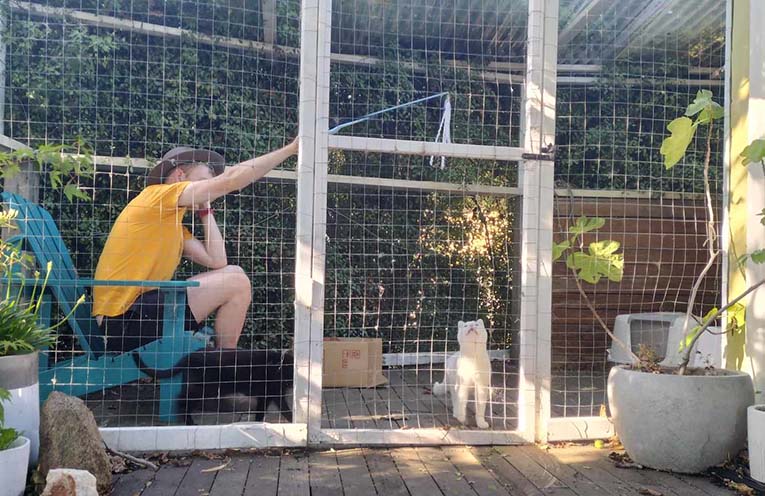
WHILE cats can be greatly valued companions, they are also naturally skilled hunters.
These much-loved pets, who roam our homes and bask lazily in the sun, can also pose a very real threat to native wildlife, something Sue Olsen of EcoNetwork Port Stephens says local cat owners should be aware of and take precautions against.
 Advertise with News of The Area today.
Advertise with News of The Area today.It’s worth it for your business.
Message us.
Phone us – (02) 4981 8882.
Email us – media@newsofthearea.com.au
“In Port Stephens alone, cats have been recorded predating on threatened species such as Southern Brown Bandicoots, Tiger Quolls, Rufous Fantails, Red-necked Stints, Southern Bent-wing Bats and many other fauna,” Sue said.
“We don’t want our more common species to be pushed over the brink and become threatened due to cat predation.
“Our innocent furry pet cat, if left to roam unattended, is undeniably a major ongoing threat to our wildlife, along with habitat loss.”
Sue advocates for the use of cat enclosures to limit a house pet’s ability to roam free in the community.
“Managing our cats safely outside our house, whether on a harness or in a cat run, will be a significant factor in reducing our threats to wildlife.
“We all need to foster responsible pet ownership among our friends, neighbours and family, and encourage our Council to take action, as well as support changes to State and Federal legislation that requires the containment of cats,” Sue said.
Frogs, birds and even koalas are known to be at risk from attack by cats.
The National Environmental Science Program reports that there are 3.8 million pet cats in Australia and that cats now inhabit 99.9 percent of the Australian continent.
It is estimated that each day Australia companion and feral cats kill 3.2 million mammals, 1.2 million birds, 1.9 million reptiles, 0.25 million frogs and 3 million invertebrates.
Marc Goodall, Compliance Coordinator at Port Stephens Council stated, “Councils operate a permit system that requires those who own non-desexed cats to pay an annual permit fee.
“This is to encourage cat owners to de-sex their cats.
“There are only two reasons a cat can be declared a nuisance.”
These are if the animal “makes a noise that persistently occurs or continues to such a degree or extent that it unreasonably interferes with the peace, comfort or convenience of any person in any other premises” or “repeatedly damages anything outside the property on which it is ordinarily kept”.
Councils are limited in what they can enforce in relation to cat owners keeping their cats contained.
“At this time Council has no reasonable legal avenue to enforce the requirement of keeping cats contained,” Mr Goodall said.
“The only thing Council can do at this time is to try to educate cat owners on the benefits of keeping cats contained, both to the cat and to our natural environment.
“Other states are ahead of NSW and have different laws and ways of managing the problem of cats roaming.
“ACT, SA, VIC, NT and QLD – all have recently introduced laws that prevent cats from roaming.
“These states have legislation that allows by-laws to be created.
“Councils in these states have created by-laws that prevent cats from roaming and each enforce it in their own way,” he said.
By Marian SAMPSON


